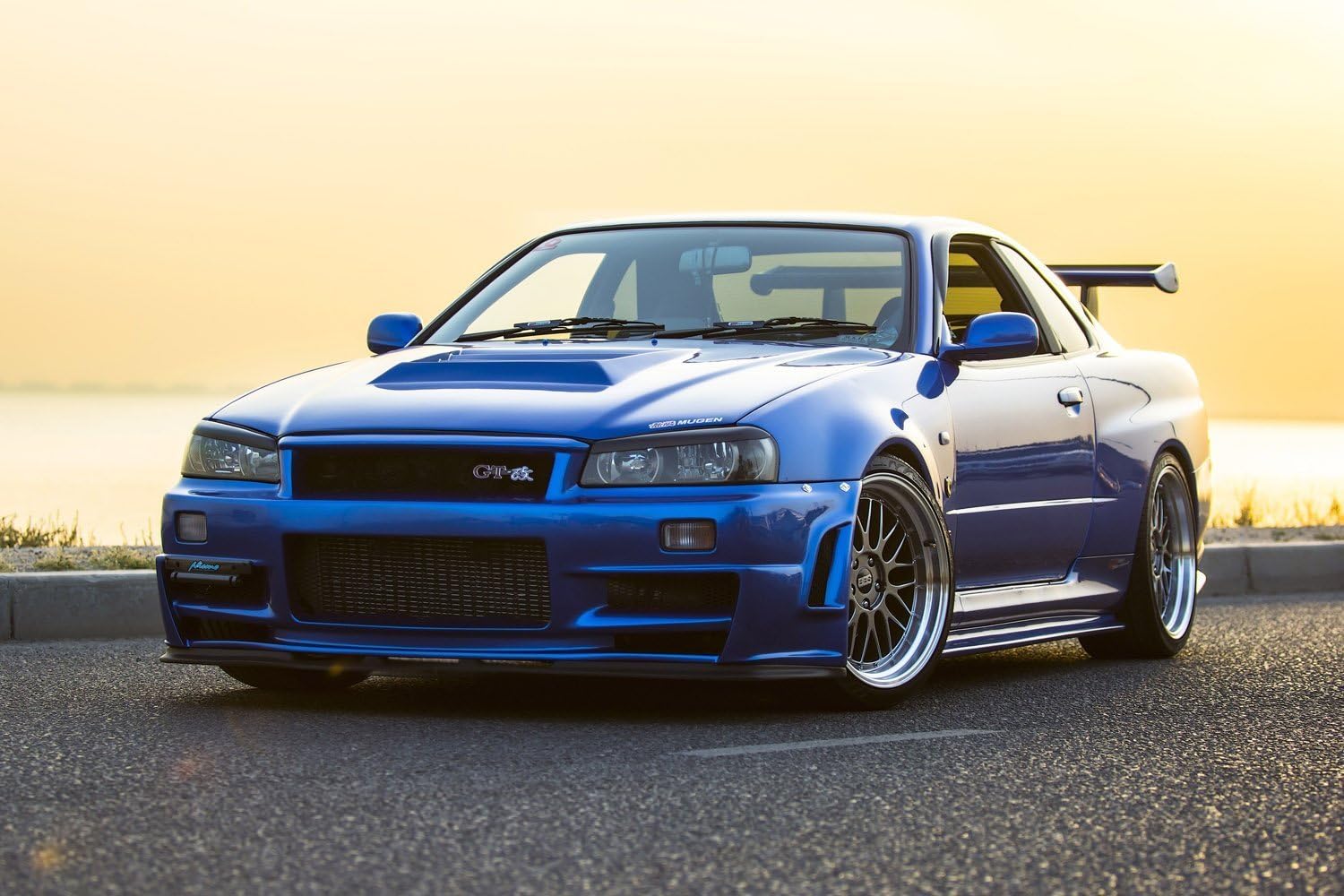In the shadowed underbelly of Japan’s meticulously ordered society lies a paradox—an outlaw culture that’s as disciplined as it is rebellious, as technical as it is reckless.
This isn’t the domain of back-alley drifting or neon-lit parking lots. This is the realm of Japan’s illegal street racing, and no location is more legendary or iconic than the Shuto Expressway’s Bayshore Route, better known by its underground alias: the Wangan.
During the 1980s and 1990s, while the rest of the world was waking up to the arrival of JDM (Japanese Domestic Market) performance cars, a different kind of automotive evolution was already unfolding in Tokyo under the cover of darkness.
High above the streets, far removed from pedestrian traffic and conventional road laws, the Wangan became the unofficial proving ground for tuners, speed junkies, and high-stakes street racers. This wasn’t casual joyriding. This was a war zone of turbochargers, boost gauges, midnight rendezvous, and raw, unfiltered horsepower.
Unlike the tightly choreographed drift scenes of places like Mount Haruna (popularized in the Initial D series), Wangan racing wasn’t about hairpin turns and countersteer artistry. It was about top speed. Maximum velocity. Straight-line supremacy.
And it all happened on a stretch of expressway that was never meant to host vehicles traveling at 180 mph (or more). The Bayshore Route, a coastal artery connecting Tokyo and Yokohama, was wide, relatively straight, and often desolate during the late hours. In other words: perfect.
But what set Wangan racing apart wasn’t just the environment—it was the cars and the culture. Legendary Japanese machines like the Toyota Supra, Nissan Skyline GT-R, Mazda RX-7, and even tuned sedans like the Toyota Chaser and Nissan Laurel became the weapons of choice.
Tuners like Top Secret, RE Amemiya, Mine’s, and Mid Night Club elevated the scene into myth. Every machine was custom-built for one goal: outrun everyone else, no matter the risk.
As we explore the secret highway where illegal racing thrived, we’ll uncover the origins of this movement, the machines that dominated it, the infamous Midnight Club that defined its ethos, and the eventual crackdown that brought it to heel.
This isn’t just a story about fast cars—it’s about the duality of order and chaos in Japanese car culture, and the asphalt battleground where that conflict reached terminal velocity.
Also Read: Top 10 Worst and 10 Best Trucks for Towing
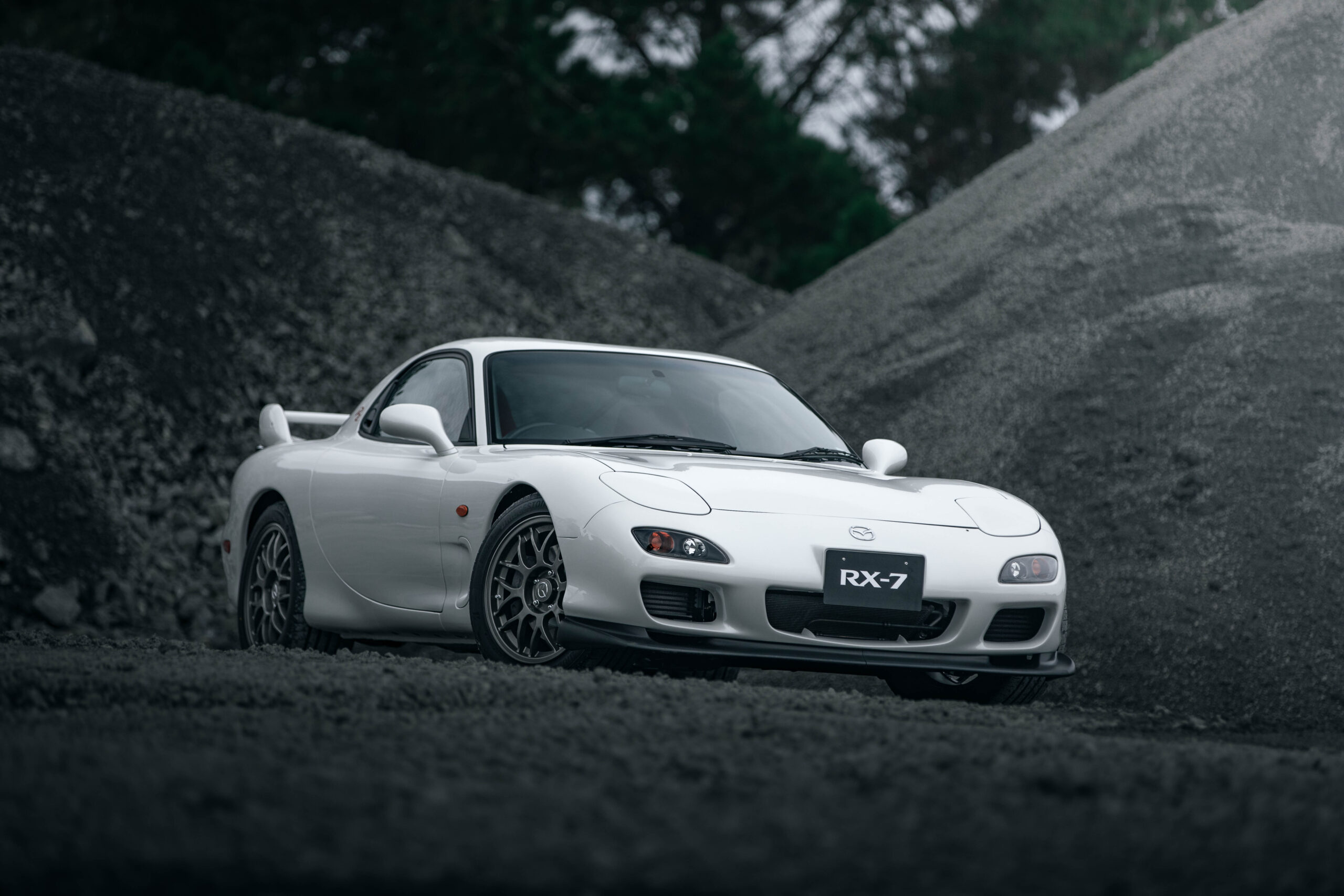
The Birthplace of Speed: Why the Wangan Was Ideal for Racing
At first glance, the Bayshore Route (Wangan-sen) seems like any other elevated expressway. It was built to connect Tokyo and the industrial city of Yokohama, easing the burden on inner-city roads.
But to the JDM underground, it was a concrete drag strip stretching for kilometers without interruption—an open runway hiding in plain sight. It offered long, sweeping curves, consistent pavement, and minimal traffic between midnight and dawn. It was, quite literally, a high-speed dream.
Part of what made the Wangan perfect for street racing was its lack of hairpins or sharp corners. Compared to mountain passes like Hakone or Akina (Mount Haruna), the Bayshore Route allowed racers to test top-end limits rather than technical cornering skills.
This fundamentally shaped the tuning philosophy of Wangan racers—horsepower and aerodynamics trumped agility. It wasn’t unusual for cars to push 700–900 horsepower, tuned to maintain stability at 300+ km/h.
Because the Wangan was technically part of Tokyo’s tolled highway system, it was also consistently maintained, with smooth pavement and regular upkeep—unlike rural roads or abandoned airstrips.
Add in the maze-like structure of Tokyo’s expressway network, and racers had built-in escape routes if law enforcement intervened. Some racers even installed rear-facing cameras and scanner radios to monitor police activity.
Moreover, the Japanese cultural backdrop added a fascinating twist: while street racing was illegal, many racers approached it with an unspoken code of conduct—no endangering civilians, no racing before midnight, and no intentional crashes.
This self-imposed discipline gave the scene an almost samurai-like structure. And it all played out on a ribbon of highway that was never meant to carry the weight of so many legends.
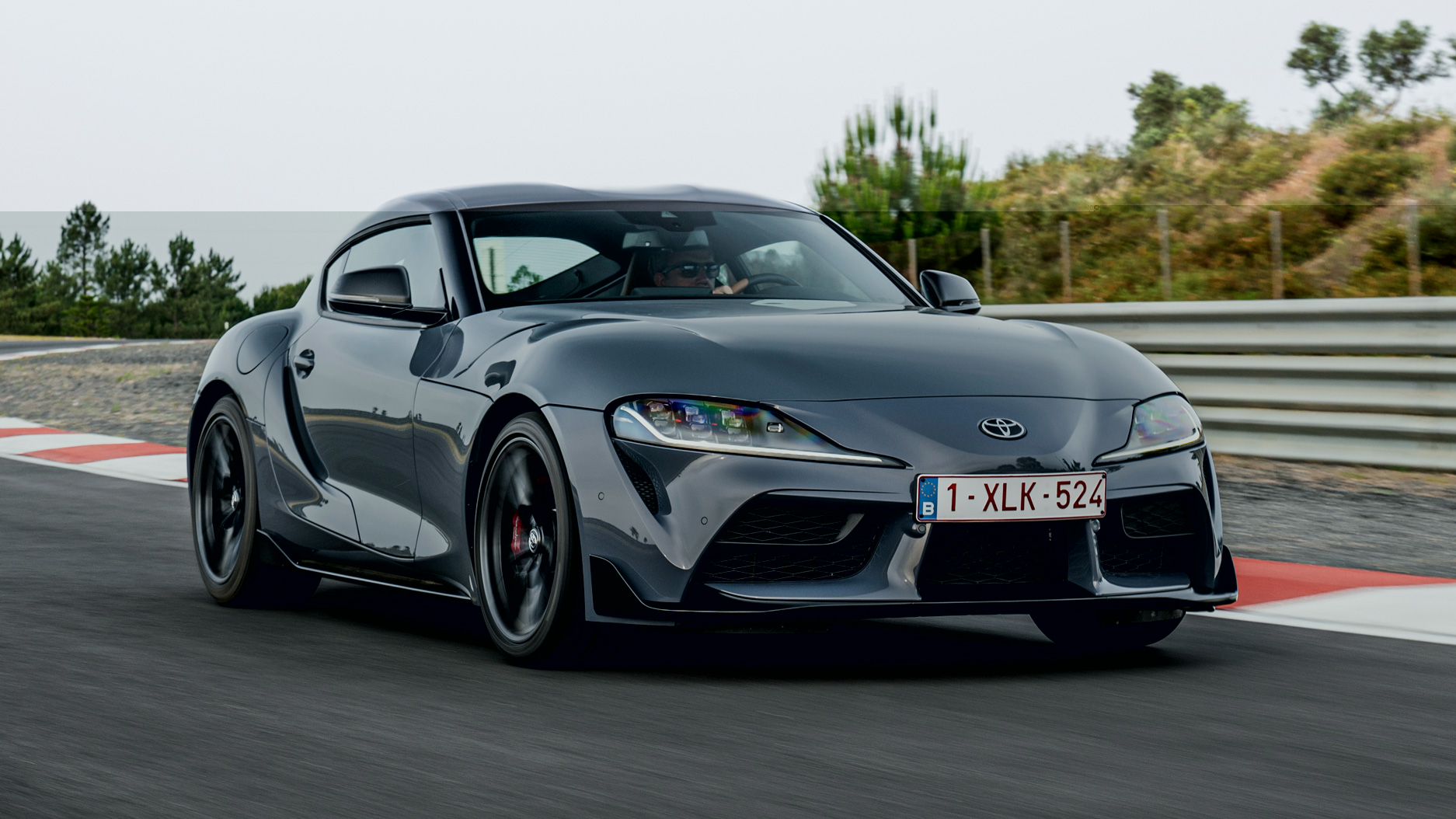
The Machines of Midnight: Legendary JDM Cars and Their Tuning Houses
The cars that raced the Wangan weren’t stock. They weren’t even mildly tuned. They were mechanical demons, crafted by some of the most respected tuning houses in Japan.
These weren’t just workshops; they were laboratories of speed. Builders like Top Secret, Mine’s, HKS, and RE Amemiya turned factory sports cars into bespoke bullets, each designed to dominate the expressway under the moonlight.
At the center of this arms race was the Nissan Skyline GT-R, particularly the R32, R33, and R34 models. Equipped with the legendary RB26DETT engine, the GT-R was built with performance in mind.
Tuners quickly realized that with upgraded turbos, fueling, and ECU mapping, the RB26 could handle over 1,000 horsepower with relative reliability. On the Wangan, where top speed mattered more than anything, a GT-R with the right setup could demolish nearly anything on four wheels.
Close behind were the Toyota Supra Mk4, with its bulletproof 2JZ-GTE engine, and the Mazda RX-7, known for its high-revving rotary power and lightweight frame.
Other contenders included the Nissan 300ZX, Mitsubishi GTO, and even some European exotics like Porsches and Ferraris—though JDM pride often meant the locals preferred to build Japanese monsters that could eat supercars for breakfast.
Tuning was an art form. Aerodynamic body kits, intercoolers the size of suitcases, titanium exhausts, widebody conversions—every modification had a purpose.
Power was measured not just by dyno sheets, but by how long a car could stay above 280 km/h without overheating or losing control. Some racers even built dedicated Wangan cars, never driven during the day, with stripped interiors, full roll cages, and fire suppression systems.
It wasn’t just about speed—it was about stability at speed. At 300 km/h, tire pressure, wind resistance, and road temperature could mean the difference between victory and a fiery death. These machines weren’t streetcars. They were war machines, prepared not for the track, but for the street that masqueraded as one.
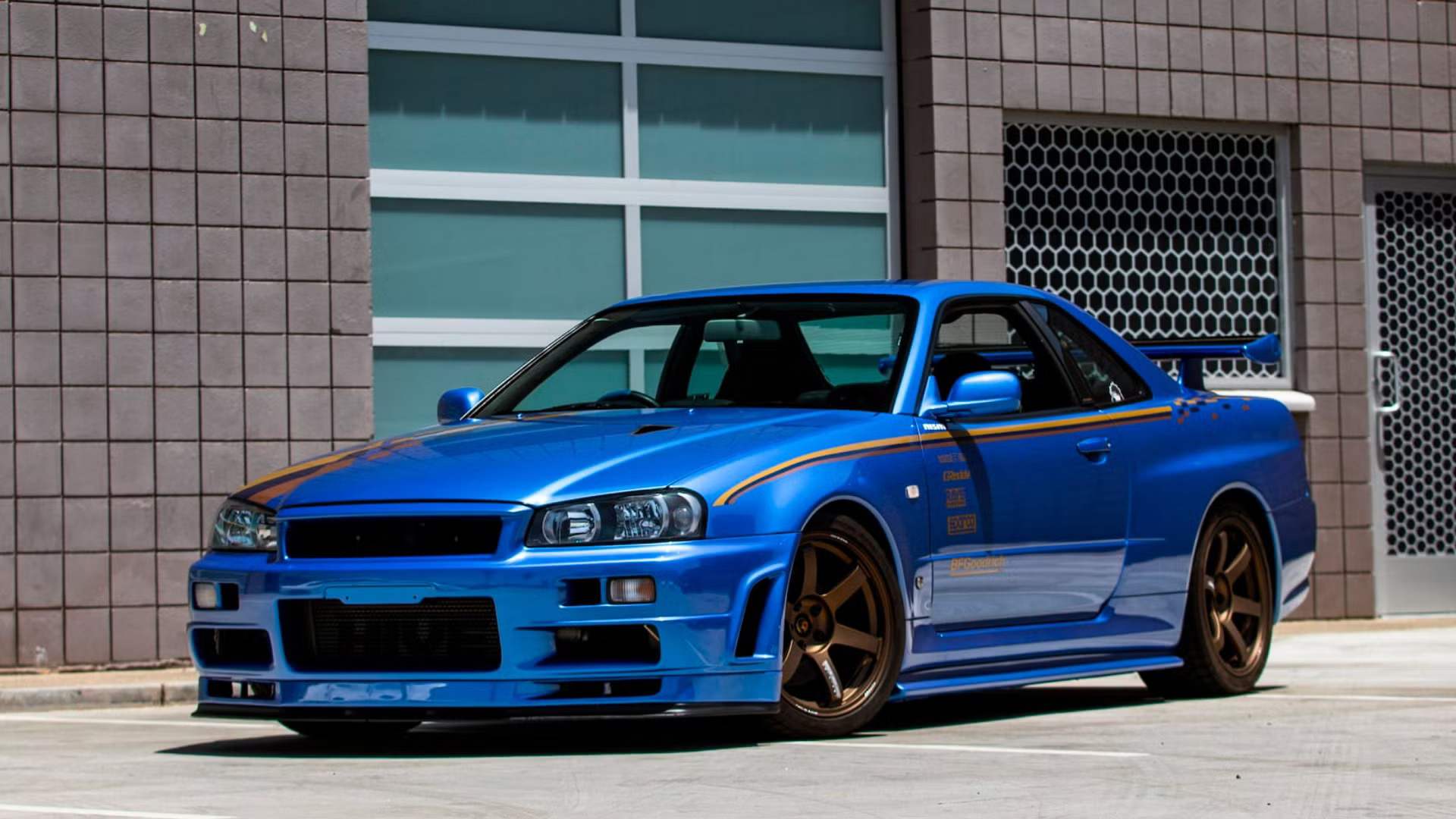
The Mid Night Club: Japan’s Most Elite and Mysterious Racing Crew
No discussion of the Wangan is complete without the Mid Night Club—the most secretive, elite, and infamous street racing team in Japanese history.
Founded in 1982, this group operated under strict rules: no public endangerment, no reckless behavior, and absolute loyalty to the code. They weren’t just fast; they were untouchably fast, with cars capable of 300+ km/h sustained runs on public highways.
What set Mid Night Club apart wasn’t just their performance—it was their mystery. Members operated anonymously, using codenames and rarely showing their faces. They didn’t boast.
They didn’t talk to outsiders. To join, you had to be vetted, tested, and proven on the Wangan itself. If you failed to uphold the standards—if you endangered civilians or embarrassed the group—you were out. No second chances.
Their cars were iconic. One of the most legendary was a twin-turbo Porsche 911, known to push over 600 horsepower and run at full throttle for 10 minutes straight.
Another was a black Nissan Fairlady Z (S130) capable of speeds rivaling Le Mans racers. These cars weren’t just fast—they were built for the long game, capable of maintaining top speed without exploding or losing control.
Perhaps most impressively, Mid Night Club members never sought fame. They never sold merchandise. They never turned their cars into showpieces.
Their legend grew entirely from word-of-mouth, grainy photos, and whispered stories in tuning circles. In an era of Instagram clout-chasing and YouTube burnout videos, their commitment to secrecy and excellence feels almost alien, and all the more admirable.
Their era came to an end after a fatal crash involving civilians, which shook even the disciplined Midnight Club to its core. The group disbanded soon after, deciding that no race was worth innocent lives. But their legacy? Eternal.
Mid Night Club wasn’t just a racing team. It was a ghost haunting the Wangan, daring others to match perfection without being seen.
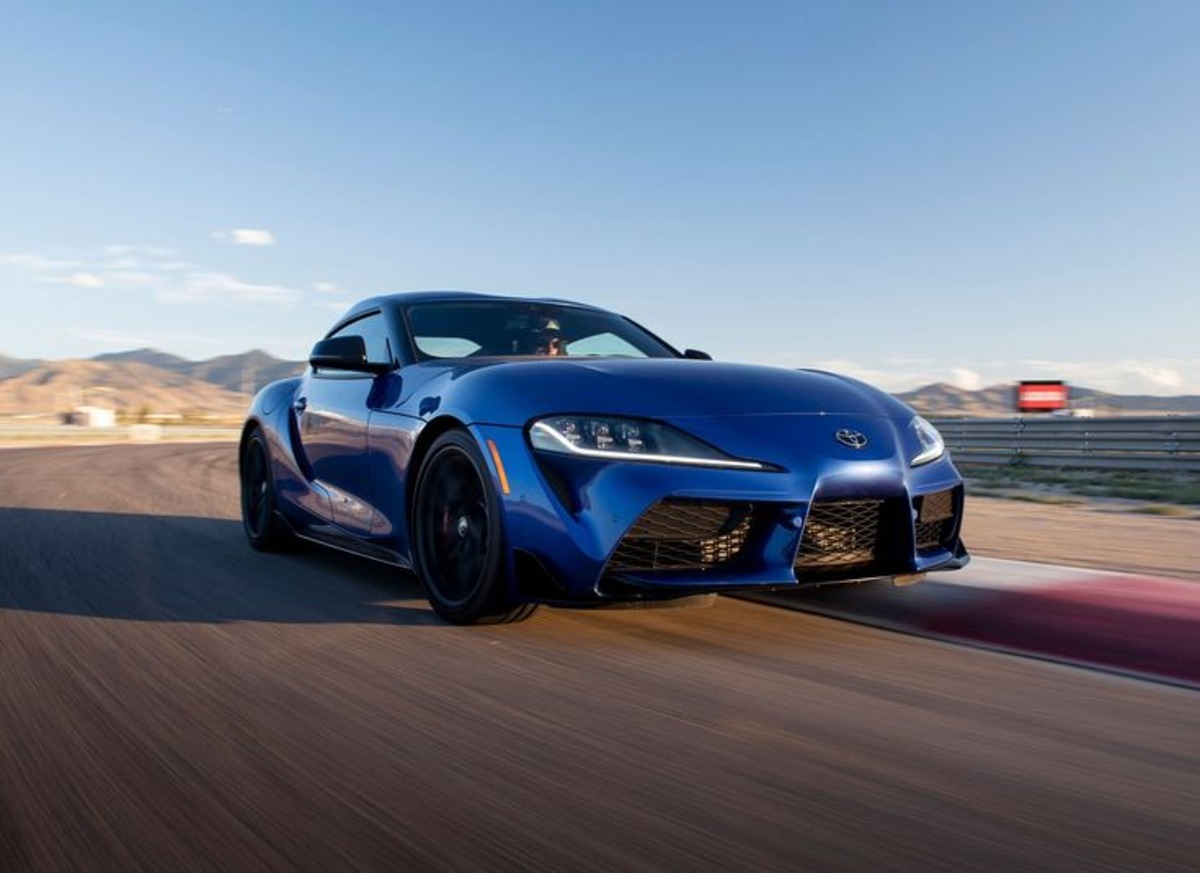
The Police Crackdown: The Fall of an Underground Empire
By the late 1990s, the Japanese government could no longer ignore the rising number of high-speed incidents and public pressure from safety advocates.
Though Wangan racers took pride in avoiding civilian endangerment, the speeds they were reaching—often over 300 km/h—were simply too dangerous for a public expressway. The Tokyo Metropolitan Police began what would become a multi-year crackdown on illegal racing.
One major tactic involved increased surveillance, with high-mounted cameras, radar traps, and undercover patrols stationed along key stretches of the Bayshore Route. Law enforcement began tracking repeat offenders, logging license plates, and even targeting tuning shops suspected of aiding racers. A few high-profile arrests sent
shockwaves through the community. Suddenly, even seasoned Wangan veterans found it harder to disappear into the night.
The death knell came in the form of legal changes and stricter fines. Penalties for street racing skyrocketed, vehicles were seized, and licenses were revoked for even minor infractions.
Insurance companies refused to cover modified cars, and many shops that had previously tuned Wangan cars turned toward legal motorsports or closed their doors entirely.
The final blow was societal. As the next generation of drivers leaned into drifting, time attacks, and sanctioned racing events, the culture of Wangan faded. The Mid Night Club disbanded.
The roads grew quieter. And the expressway that had once howled with the sound of triple-plate clutches and screaming wastegates now stood silent, its legends reduced to stories whispered in tuning garages and late-night forums.

Where the Shadows Leave Their Tire Marks
The Wangan wasn’t just a road. It was a symbol—a hidden pulse of rebellion running through the otherwise orderly heart of Japan.
For years, it served as a sanctuary for speed freaks, a cathedral for tuners, and a battlefield for the purest form of high-speed competition. It was illegal. It was dangerous. But it was also disciplined, technical, and deeply rooted in respect for the machine, the craft, and the code.
Unlike the chaotic street scenes of other countries, Wangan racing was uniquely Japanese: equal parts bushido and boost, restraint and recklessness. It created a generation of builders and drivers who didn’t just want to be fast—they wanted to master speed.
Also Read: 10 Vehicles With Best Long-Term Fuel Economy That Save You Money Year After Year
It forged legends from steel and turbochargers. And though it’s gone, its influence lives on in everything from Wangan Midnight anime to modern time attack cars chasing 300 km/h on track.
In today’s world of GPS trackers, data logs, and TikTok stunts, the Wangan feels like a relic from another era. But to those who were there—or those who still build in its memory—it was more than a road.
It was the ultimate test of engineering, bravery, and self-control. And though the expressway now slumbers, somewhere in the distance, you can still hear the echo of blow-off valves and midnight warriors chasing the horizon.

